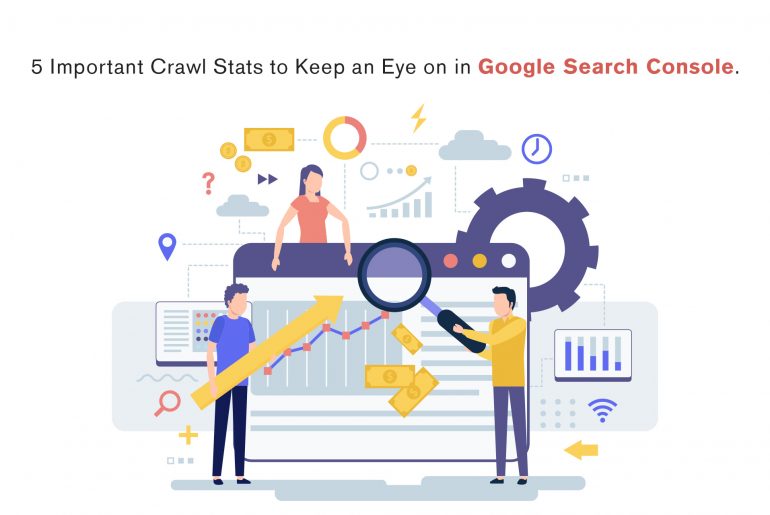What are crawl stats? If you’re new to the world of SEO and digital marketing, you may be wondering what crawl stats are, how they’re different from other kinds of web analytics data, and why it’s important to keep an eye on them in Google Search Console (formerly Webmaster Tools).
Here are five important crawl stats insights that you should keep track of in your site’s Google Search Console account.
-
Organic Search Traffic
Organic search traffic is one of your most important performance indicators for SEO. If you notice a drop in your search traffic, it could be due to a variety of factors, such as decreased relevancy for certain keywords or reduced click-through rate (CTR).
This can help you identify issues related to crawling and indexing, ensuring that users have access to your site. It’s important to note that crawls happen at various times throughout each day.
-
Landing Page
You’ve probably heard of Google Analytics, but did you know that it includes a whole host of other tools? One such tool is Google Search Console (aka Search Metrics).
This powerful suite of SEO and Digital Marketing analytics tools allows website owners to track, analyze, and keep tabs on their web traffic. One of my favorite features is the search console because it gives insight into how users interact with your website.
-
Referral Traffic
Did you know that one of every five clicks from Google comes from a site that was previously visited? These are called direct clicks and are very powerful for your rankings.
Every time a new visitor clicks on a search result, then follows a link on your page back to Google, it counts as a direct click.
Similarly, whenever a return visitor goes back to Google and clicks through another link directly (as opposed to following links within your content), it counts as another direct click. And each of these is very valuable for SEO.
-
Mobile Traffic
This is a valuable metric to pay attention to because if you aren’t mobile-friendly, you’re missing out on some prime SEO opportunities. Mobile traffic has been growing exponentially since 2012 and there are a number of ways that you can improve your site for mobile users without making drastic changes.
For example, you could use smaller font sizes, remove things like mega-menus, and make the text more visible against backgrounds. Other than that, keep an eye out for specific technical issues: 404 errors where a page should be or crawl errors (meaning pages weren’t crawled by Googlebot).
Fixing these errors will have both a direct and indirect impact on your SEO performance by improving your bounce rate, time spent on site, average page views per visit, and other factors.
-
Site Speed
You’ve probably heard about how site speed impacts SEO, but what does that mean? To put it simply, crawl efficiency means your pages are available to be crawled by Googlebot and other search engine bots more quickly.
When crawling your site, bots want to see a quick loading time without any errors or server issues. A fast site can reduce duplicate content issues and improve page rankings.
Wrapping Up
The top 5 crawl stats every search engine optimization (SEO) and digital marketer should be aware of are: crawl errors, page latency, duplicate URLs, site speed, and page load time.
To make sure you are keeping track of these important crawl stats, we recommend checking out our monthly SEO tools recap!
Here you will find a rundown of some of our favorite SEO tools – everything from backlink analysis to a free WordPress plugin that can help you keep tabs on what’s going on with your website.
Frequently Asked Questions
1. What is Google crawling?
Google crawls websites to ensure that they’re valid and accessible to users. It does so by identifying new pages on your site, then indexing them for search. When Google crawls a page, it extracts content from that page and stores it in its search index (Google calls these pages crawled entities).
Crawling is also an important tool for checking if your website is still functional: Google crawls every link on your site at least once per month. If a link goes down or a URL redirects to a 404 error page, Google will know right away and de-index any content associated with that broken link. So make sure you check your internal links regularly!
2. What is 302 redirect?
The 302 redirect is a response code indicating that requested content has been moved temporarily and an updated location can be found in its place. A 302 redirect is most commonly used when moving a site to a new domain or server without changing its page hierarchy or URL structure.





